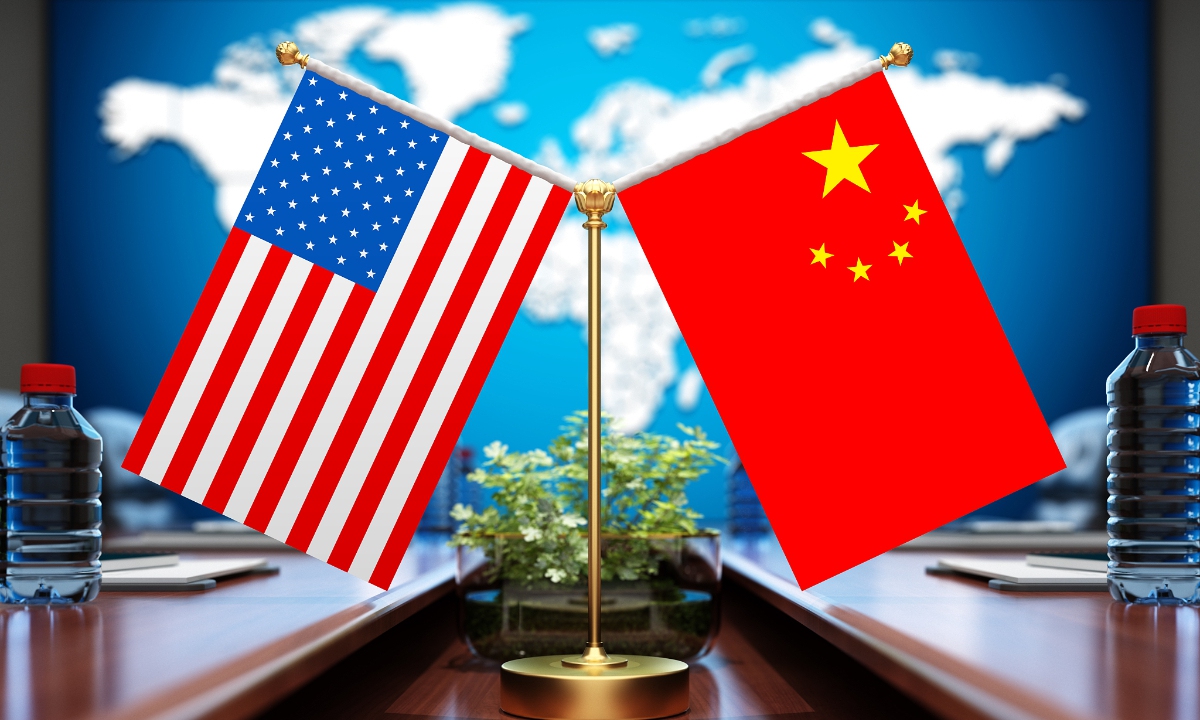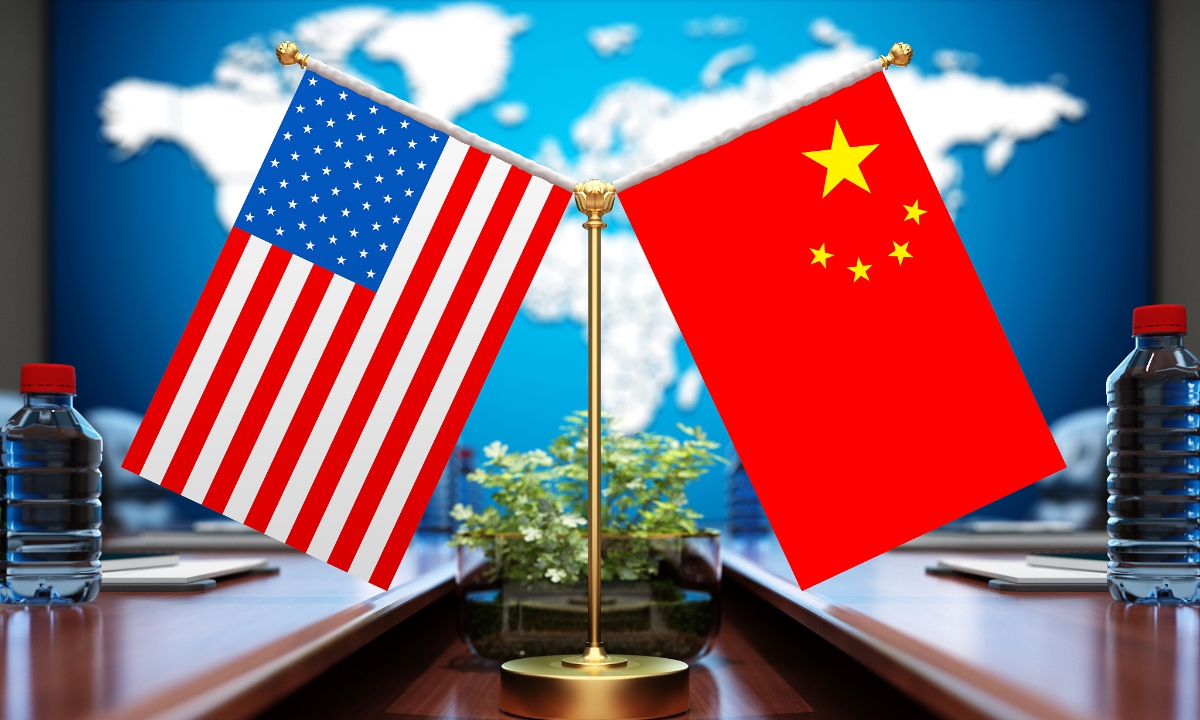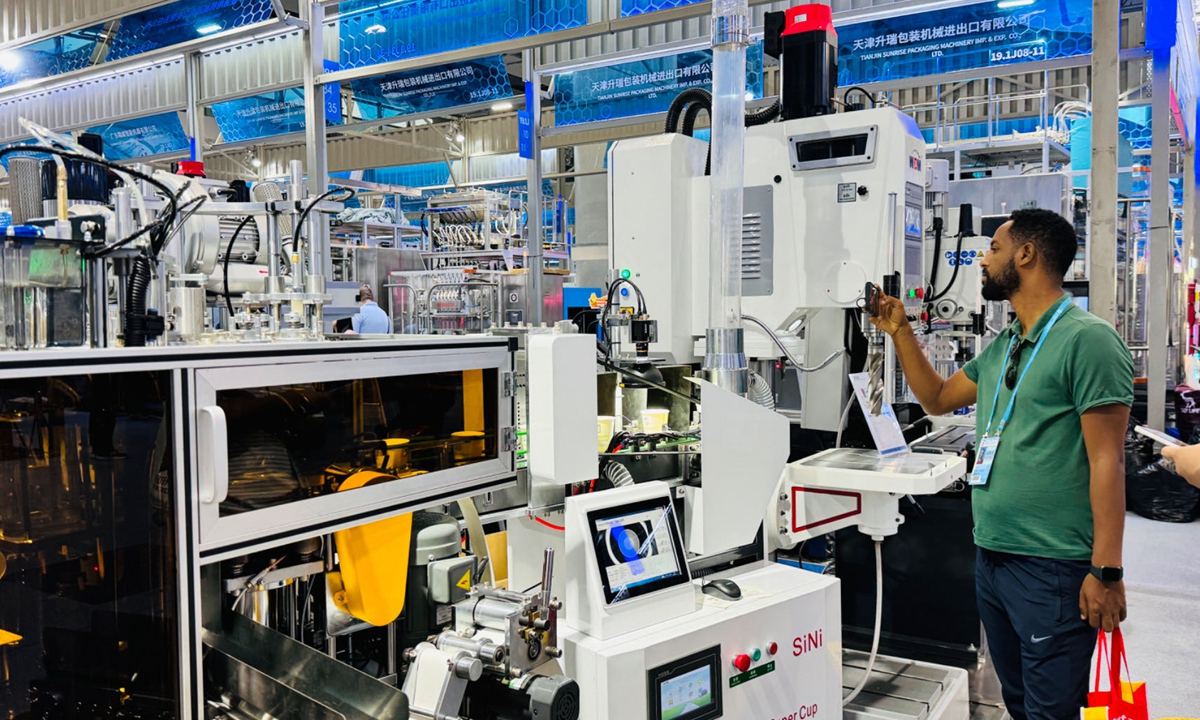
A visitor takes photos of an automated production line on display at the 135th session of the Canton Fair in Guangzhou, South China’s Guangdong Province, on April 16, 2024. Photo: Chi Jingyi/GT
Companies from both the domestic and overseas markets are flocking to the China Import and Export Fair, commonly known as the Canton Fair, held in Guangzhou, South China’s Guangdong Province, with their latest fashions on display to tap into the new opportunities for innovation as the world’s second-largest economy pursues industry upgrading for high-quality development in the new era.
While the US-led West pushes for protectionism by building a “small yard, high fence” around technologies and industry and supply chains, China’s open and cooperative stance in its development, as reflected at the Canton Fair, aligns with the world trend of globalization, experts and industry insiders said.
The Canton Fair should play a bigger role in expanding China’s high-level opening-up and promoting the building of an open world economy, Premier Li Qiang said on Thursday. He made the remarks when visiting an exhibition on the history of the Canton Fair, the Xinhua News Agency reported on Thursday.
Li Qiang also toured the booths of multiple enterprises at the venue of the 135th session of the Canton Fair, which kicked off on Monday. The Chinese premier encouraged enterprises to continuously improve their research and development capabilities, and strive for digital, intelligent and green transformation, according to Xinhua.
On Wednesday, Premier Li held a symposium with overseas buyers attending the 135th session of the Canton Fair, during which overseas buyer representatives spoke about their experience in strengthening cooperation with China through the Canton Fair, noting that the fair has long played an important role in promoting trade exchanges and friendly relations between China and other countries, the Xinhua News Agency reported on Wednesday.
Chinese experts said that the presence of Premier Li at the event sent a very important message to the world that China is always and will continue to stay open for global cooperation as the country is pursuing industrial transformation and upgrading.
The nation’s efforts on striving for industrial upgrades reflect on the proliferation of high-tech products showcased at the Canton Fair as the country is shifting from a labor-intensive manufacturer to a significant technology-driven industrial powerhouse, Li Youhuan, a research fellow at the Guangdong University of Finance and Economics, told the Global Times on Thursday.
“This transition signifies China’s capacity to offer a greater array of high-quality products with robust competitiveness and reliable supply chains to the global market,” the expert said.
Businesses have also captured the opportunities under this industry transformation.
“The Canton Fair was originally a place to source finished products and key components. But now it has become a dynamic platform for product development and innovation,” Talip Murat Kolbaşi, chairman of Arzum, Turkey’s leading electrical home appliances brand, said on Sunday during an opening reception for the 135th session of the Canton Fair.
“Most of our company’s most innovative products and best-selling goods are derived from the Canton Fair. We hope to further explore the international market through the Canton Fair platform,” said Murat Kolbaşi.
Intelligent and green products are playing leading roles at the Canton Fair. There are more than 8,700 exhibition booths set up by about 3,600 exhibitors related to electronics and home appliances, new energy, new-energy vehicles, smart mobility, industrial automation and intelligent manufacturing, the Global Times learned.
Behind the appearance of more and more intelligent sci-tech innovation products at the Canton Fair is that Chinese enterprises have gradually established the foundation and advantages to support the development of new quality productive forces.
Embracing global markets and establishing a more stable industrial chain and supply chain have become the direction of Chinese manufacturing enterprises doing foreign trade, industry insiders said.
“It’s important to come to the Canton Fair to get deals done, but it’s more important to look at industry trends. Chinese products and technologies are being updated and iterated very fast and are now leading the world,” Zhu Qiucheng, CEO of Ningbo New Oriental Electric Industrial Development, an exporter of pet furniture and home furnishing products, told the Global Times on Thursday.
Innovative pet products have always seen an increase in exports, said Zhu, adding that the company releases new products every two months to meet market needs.
“Productivity upgrading promotes the transformation and upgrading of China’s foreign trade, and the more difficult the external environment is, the more high-tech products can seize the foreign trade market,” said Zhu.
In recent years, the proportion of intermediate and capital goods on display has increased significantly. In the machinery exhibition area where capital goods are concentrated, the number of booths has increased by more than 50 percent in the past five years, the Global Times reporter learned.
China’s open stance on sharing opportunities arising from its industrial transformation sharply contrasts with the intensified actions taken by some Western countries, led by the US, which have implemented regressive and even negative measures in international trade, said Li Youhuan.
“As China continues to pursue opening up to the outside world, the role of the Canton Fair as a platform for global cooperation will only be strengthened. This will enable both domestic and overseas businesses to share greater benefits of joint development,” the expert added.
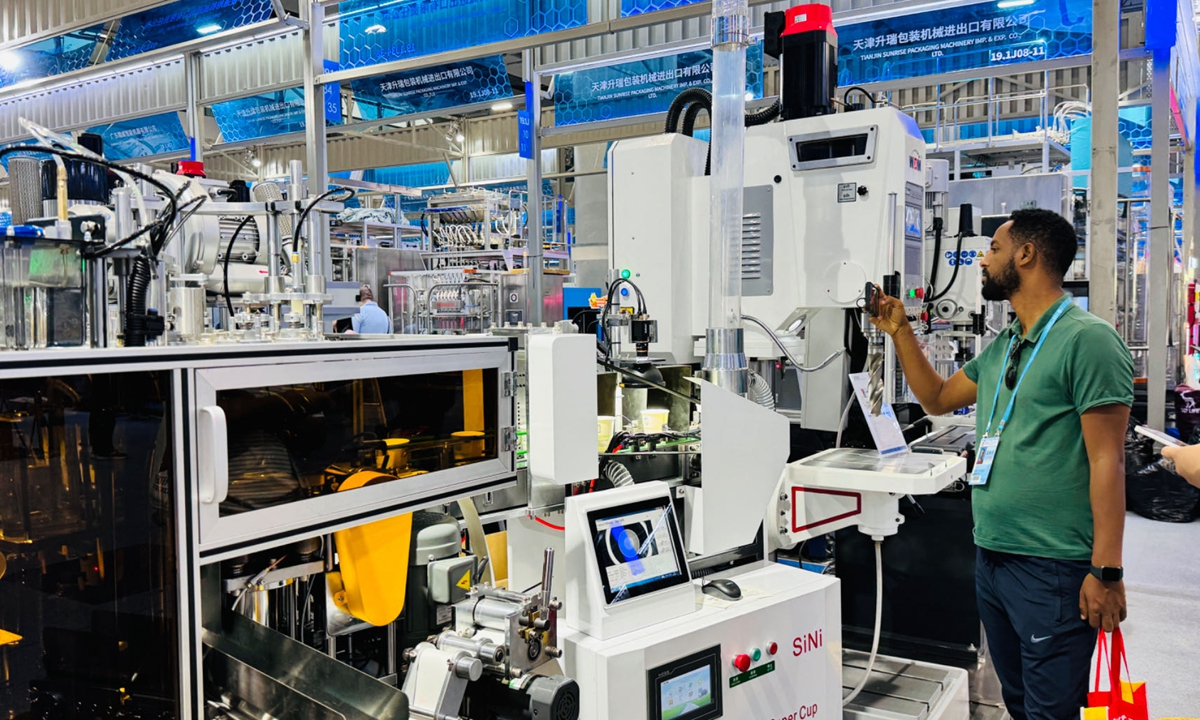
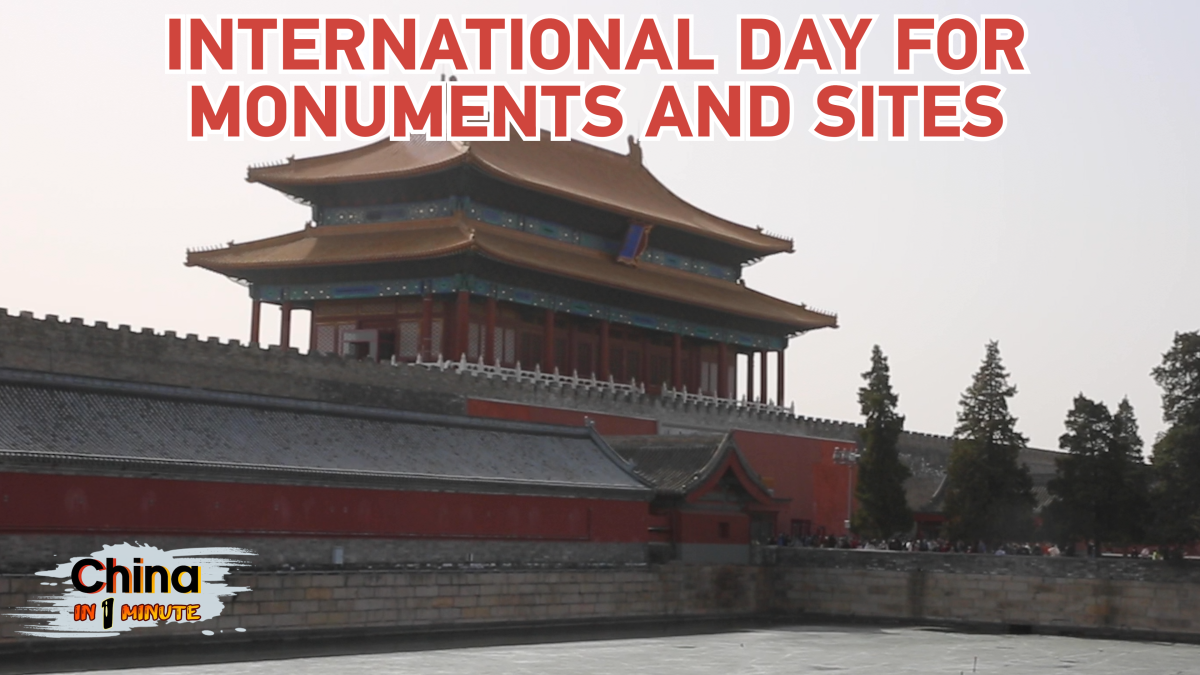
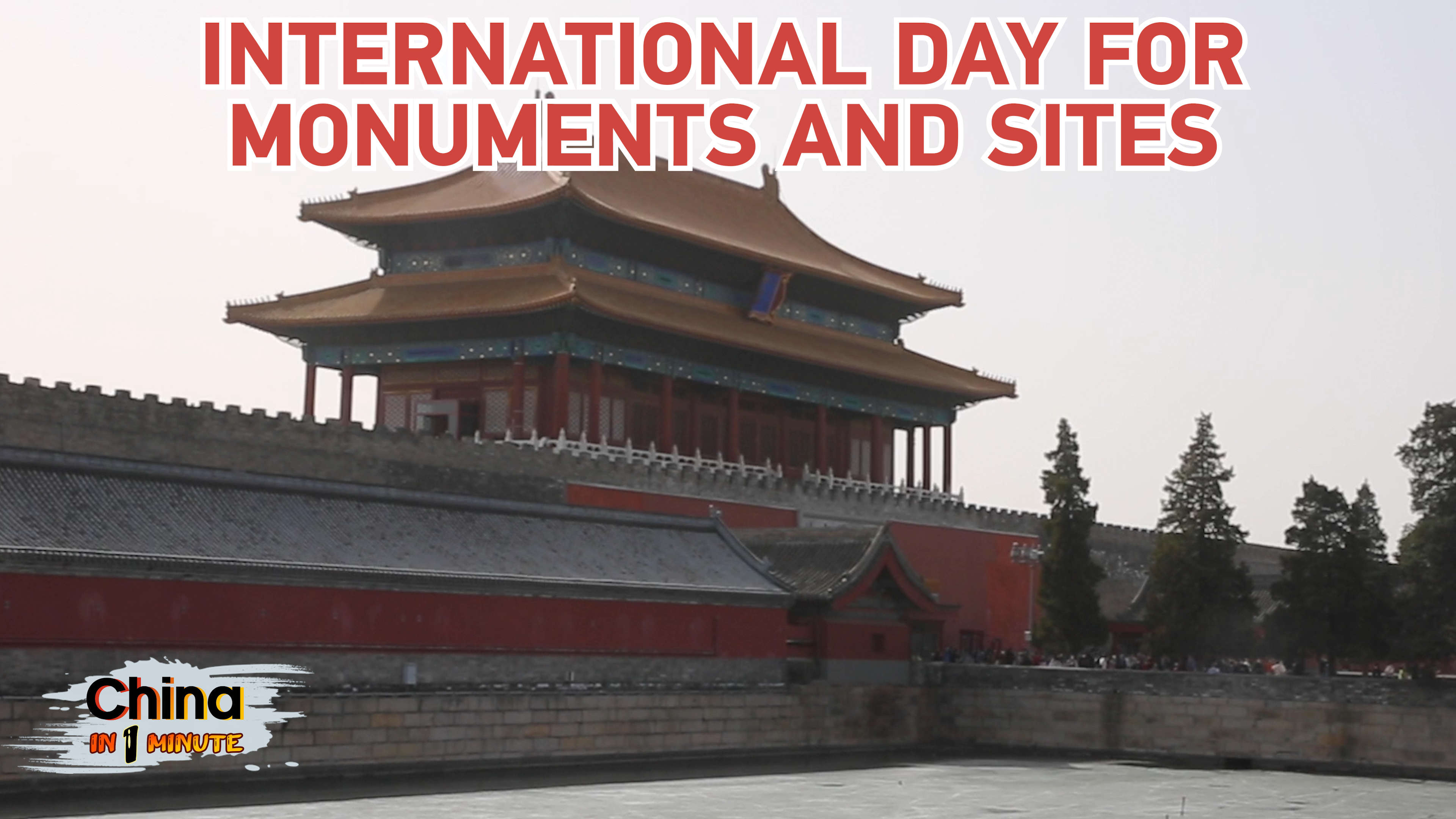



 A humpback whale. /CFP
A humpback whale. /CFP 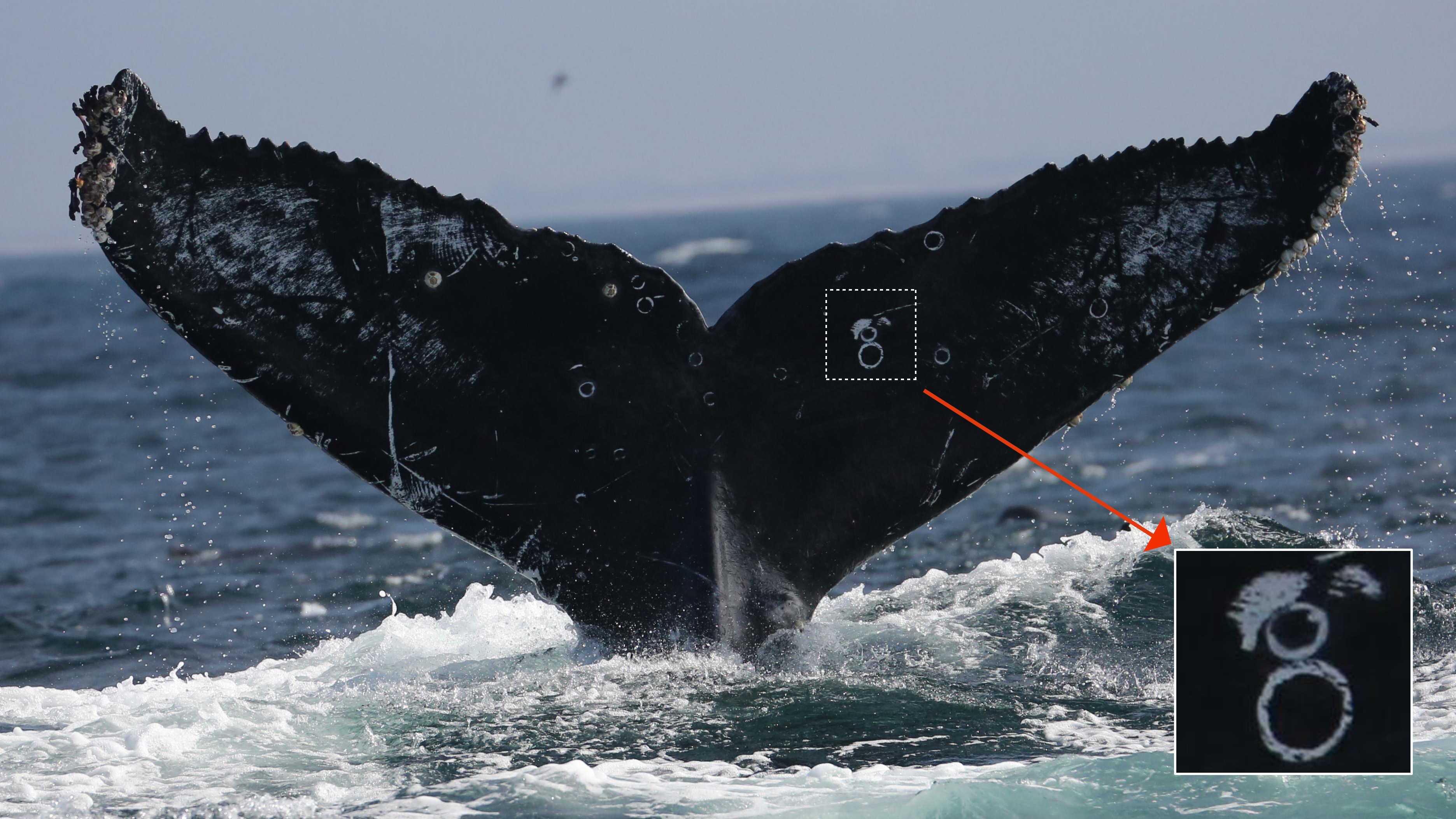 Frosty, a humpback whale known from the west coast of the United States and Mexico. Humpback whale tails display unique pattern and shape allowing researchers to use AI image recognition to track thousands of whales. /Ted Cheeseman
Frosty, a humpback whale known from the west coast of the United States and Mexico. Humpback whale tails display unique pattern and shape allowing researchers to use AI image recognition to track thousands of whales. /Ted Cheeseman  Whale researcher Ted Cheeseman shows a picture of humpback whale named Frosty during an interview with CGTN. /CGTN
Whale researcher Ted Cheeseman shows a picture of humpback whale named Frosty during an interview with CGTN. /CGTN  Illustration of a humpback whale tail. /CGTN
Illustration of a humpback whale tail. /CGTN  A photo composite showing an uploaded picture of a humpback whale named Frosty on the left and a match result found on Happywhale.com on the right. /Ted Cheeseman
A photo composite showing an uploaded picture of a humpback whale named Frosty on the left and a match result found on Happywhale.com on the right. /Ted Cheeseman 
 Yuanmingyuan, Beijing. [Photo/VCG]
Yuanmingyuan, Beijing. [Photo/VCG] 
 Visitors experience makeup products at the China International Consumer Products Expo in Haikou, capital of South China’s Hainan province, on April 15, 2024. [Photo/Xinhua]
Visitors experience makeup products at the China International Consumer Products Expo in Haikou, capital of South China’s Hainan province, on April 15, 2024. [Photo/Xinhua] 